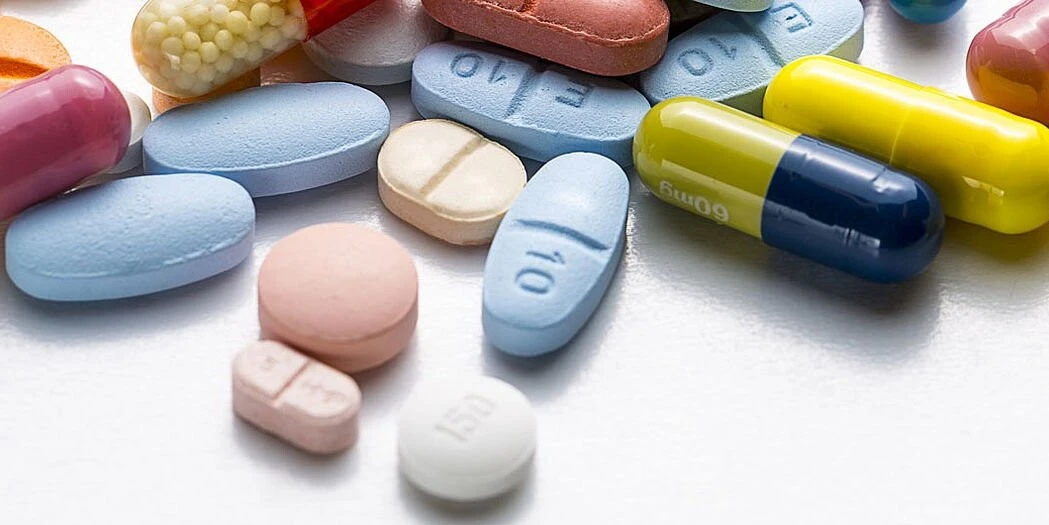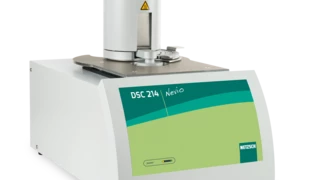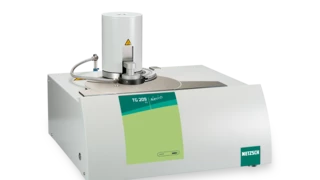
Thermal Analysis and Rheology for Pharmaceutical Applications
Thermal Analysis provides powerful analytical methods for research, development and quality control of active pharmaceutical ingredients (APIs), excipients and formulations.
This implies the determination of their physicochemical properties such as Melting Temperatures and EnthalpiesThe enthalpy of fusion of a substance, also known as latent heat, is a measure of the energy input, typically heat, which is necessary to convert a substance from solid to liquid state. The melting point of a substance is the temperature at which it changes state from solid (crystalline) to liquid (isotropic melt).melting point, Temperatura di transizione vetrosaLa transizione vetrosa è una delle più importanti proprietà chimico-fisiche dei materiali amorfi e semi-cristallini, come, ad esempio, vetri, metalli (amorfi), polimeri, ingredienti farmaceutici e alimentari e definisce l’intervallo di temperatura in cui le proprietà meccaniche die materiali variano da duro e fragile a più morbido, malleabile o gommoso.glass transition temperature and heat of fusion, compatibility studies to find suitable API-excipient combinations, purity assessments (eutectic purity) and characterization of polymorphic forms.
Rheology perfectly complements the analytical equipment of your laboratory and allows for the specification of a suitable viscosity for different pharmaceutical products, assessment of flow limits of ointments and creams, predictions of storage stability by means of oscillation measurements as well as the determination of mechanical characteristics of soft gels.
The following blog article will give you an idea about testing possibilities
- Reliable Characterization of Pharmaceuticals Using Thermal Analysis
- 5 reasons why to use DSC and TGA for testing pharmaceuticals
- How can rheology help in the development of a treatment for COVID-19
- The Importance of Purity Determination of Pharmaceuticals
- Monitoring the Polymorphism of Paracetamol by Means of DSC
- Drug excipient compatibility check during the development
- Rheology of Topical Treatments
- Rheology: De-stressing the test of time



